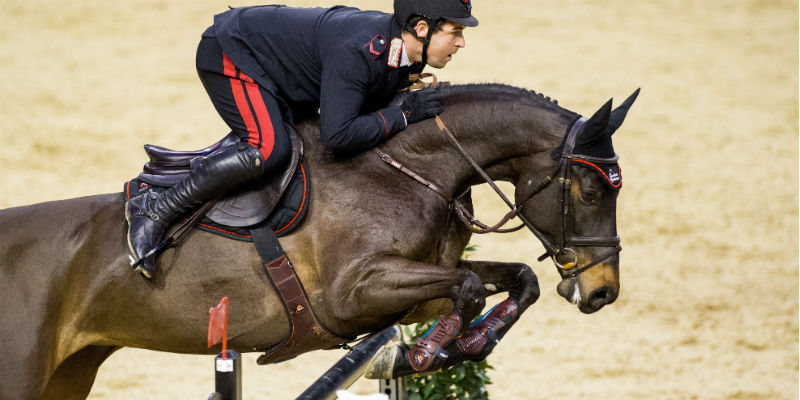What Is Your Colorado Horse Made To Do?
It probably seems like a silly question to ask on the surface. Which horse runs the fastest, jumps the farthest, trots the longest? Your horse’s structure is the key. One of the first things you’ll want to look for it how well balanced the horse is. In this case, we are referring to the balance of the three parts of the horse’s structure. These consist of the shoulders, barrel, and hindquarters.
If you look at the top line of your horse, you should be able to determine whether the area between the withers and the point of croup is level, uphill, or downhill. Don’t worry if your horse seems heavier in the front end. In fact, even well-balanced horses carry nearly sixty percent of their weight on their front end. This is due to the weight of the head and neck. Horses with a downhill slope are even heavier on the front end. Another physical trait that could determine what your Colorado horse is made for is angulation. Meaning the angle of certain key body parts.
Horse’s with an angled hip, but not an angled shoulder, will result in a slower horse. In this case, the horse will have a longer stride behind than in front. This type of imbalance causes the horse to not move well—even more at a diagonal. The shoulder angle is essential to look into because it usually matches the pastern angle or the part of the foot extending from the fetlock to the top of the hoof. An upright pastern angle results in poor shock absorption and a rough riding horse that’s prone to joint issues. For more information, contact the horse-people at Colorado Horse Property. Continue reading at What Your Colorado Horse Is Built For.
Photo by Roberto Gerco on Unsplash.


One thought on “What Your Colorado Horse Is Made For”